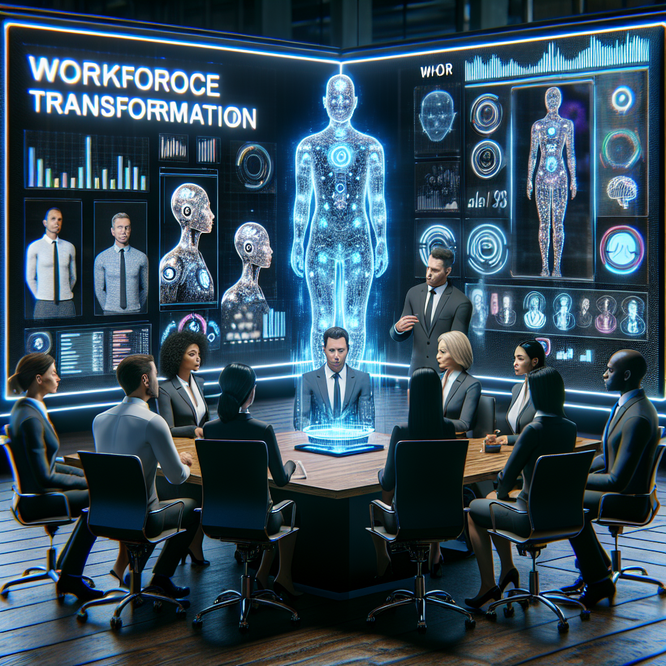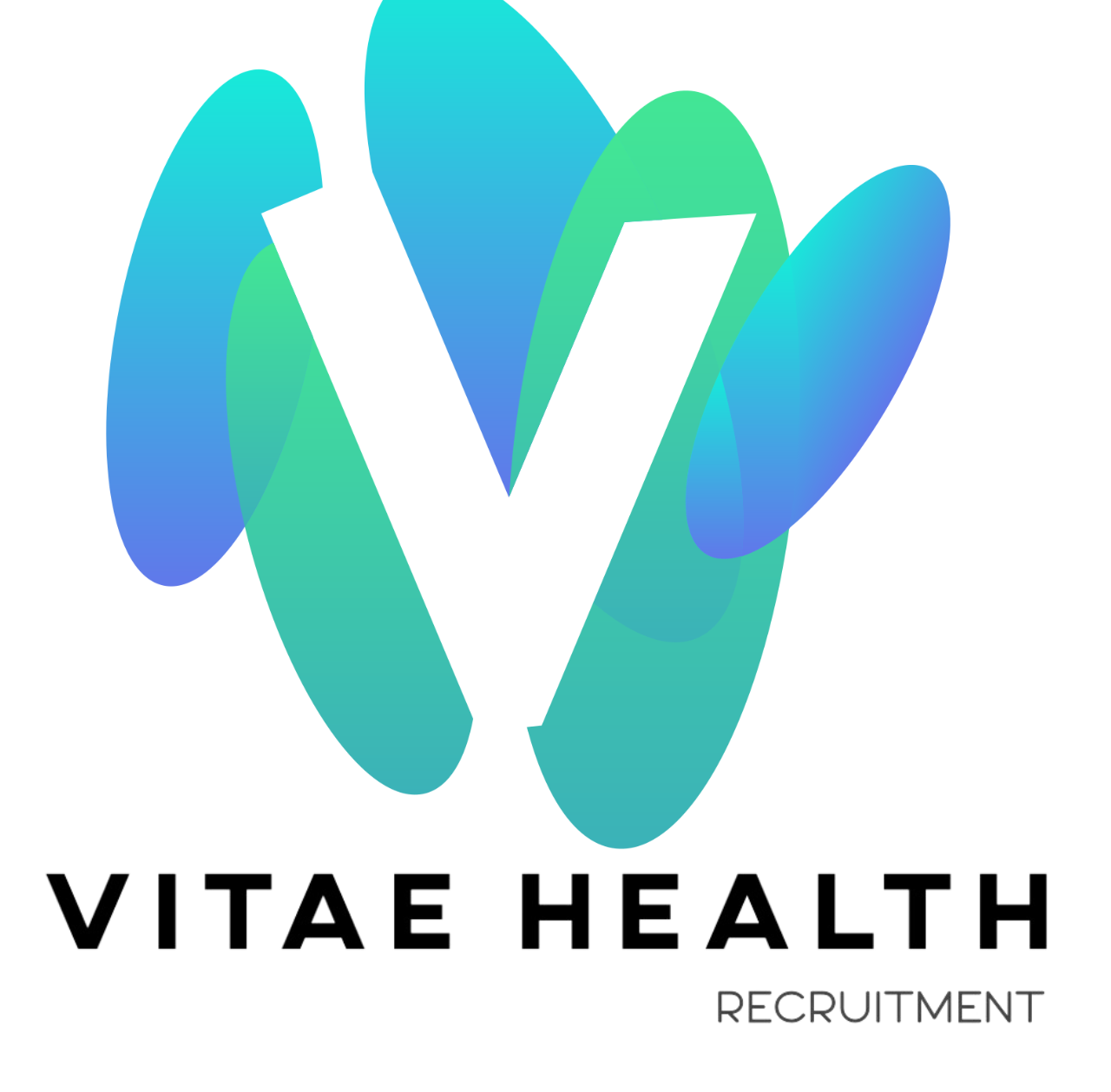
“`html
Leveraging AI for Talent Development and Workforce Mobility Strategies
In today’s rapidly evolving business landscape, leveraging advanced technologies such as artificial intelligence (AI) is becoming a necessity rather than a luxury. For Chief Human Resource Officers (CHROs), AI offers immense opportunities to enhance talent development and foster workforce mobility. This blog post explores how CHROs can effectively utilize AI to drive these critical HR functions.
Understanding AI in the Context of HR
Artificial intelligence encompasses a range of technologies capable of mimicking human intelligence, including machine learning, natural language processing, and data analytics. These tools are revolutionizing the HR sector by automating repetitive tasks and providing deep insights into workforce dynamics.
Key Benefits of AI in HR
- Efficiency: Automates routine tasks, freeing up time for HR teams to focus on strategic activities.
- Data-Driven Decisions: Analyzes vast amounts of data to provide insights, enabling informed decision-making.
- Personalization: Facilitates more personalized employee experiences by tailoring learning and development programs.
Enhancing Talent Development with AI
Talent development is critical for any organization’s growth and sustainability. AI can transform how companies approach training and skill enhancement.
Customized Learning Paths
AI algorithms can analyze employee performance and skills data to create personalized learning paths. This ensures that employees receive targeted training, addressing their unique strengths and weaknesses. Furthermore, AI-driven platforms can recommend learning resources and courses aligned with individual career goals and organizational needs.
Interactive and Engaging Training
Utilizing AI-powered tools like chatbots and virtual reality can make training sessions more interactive and engaging. These technologies offer a hands-on approach, helping employees apply learning in real-world scenarios, thereby enhancing retention and skill acquisition.
Facilitating Workforce Mobility
Workforce mobility refers to the movement of employees across jobs and locations within an organization. It is essential for nurturing talent and promoting diverse career pathways.
Identifying Opportunities for Growth
AI can sift through employee data to identify individuals ready for new challenges or roles. By analyzing performance metrics, skills, and career aspirations, AI can suggest lateral or upward moves that align with both employee aspirations and organizational goals.
Reducing Bias and Enhancing Fair Opportunities
AI algorithms can help identify and reduce biases in promotion and transfer processes. By focusing on objective criteria like skills and performance outcomes, AI ensures fair opportunities for all employees, promoting a diverse and inclusive workforce.
Challenges and Considerations
While AI holds promising potentials, CHROs need to be mindful of certain challenges and ethical considerations.
Data Privacy and Security
Handling sensitive employee information requires robust data privacy and security measures. Organizations must ensure compliance with data protection regulations and invest in secure AI systems.
Addressing Algorithmic Bias
AI systems can sometimes reflect existing biases present in training datasets. It’s crucial for HR leaders to continuously monitor and refine AI models to ensure fairness and prevent discrimination.
Conclusion
As AI continues to evolve, its role in talent development and workforce mobility is expected to grow even more significant. For CHROs, embracing AI means empowering their workforce with tailored opportunities and breaking down barriers within the organization. By integrating AI thoughtfully, companies can enhance productivity, foster innovation, and ultimately gain a competitive edge in the market.
It is vital for HR leaders to stay informed, adapt, and be proactive in leveraging AI’s potential. Doing so will not only optimize HR functions but also cultivate an agile, skilled, and motivated workforce ready to meet the challenges of tomorrow.
“`

“`html
Leveraging AI for Talent Development and Workforce Mobility Strategies
In today’s rapidly evolving business landscape, leveraging advanced technologies such as artificial intelligence (AI) is becoming a necessity rather than a luxury. For Chief Human Resource Officers (CHROs), AI offers immense opportunities to enhance talent development and foster workforce mobility. This blog post explores how CHROs can effectively utilize AI to drive these critical HR functions.
Understanding AI in the Context of HR
Artificial intelligence encompasses a range of technologies capable of mimicking human intelligence, including machine learning, natural language processing, and data analytics. These tools are revolutionizing the HR sector by automating repetitive tasks and providing deep insights into workforce dynamics.
Key Benefits of AI in HR
- Efficiency: Automates routine tasks, freeing up time for HR teams to focus on strategic activities.
- Data-Driven Decisions: Analyzes vast amounts of data to provide insights, enabling informed decision-making.
- Personalization: Facilitates more personalized employee experiences by tailoring learning and development programs.
Enhancing Talent Development with AI
Talent development is critical for any organization’s growth and sustainability. AI can transform how companies approach training and skill enhancement.
Customized Learning Paths
AI algorithms can analyze employee performance and skills data to create personalized learning paths. This ensures that employees receive targeted training, addressing their unique strengths and weaknesses. Furthermore, AI-driven platforms can recommend learning resources and courses aligned with individual career goals and organizational needs.
Interactive and Engaging Training
Utilizing AI-powered tools like chatbots and virtual reality can make training sessions more interactive and engaging. These technologies offer a hands-on approach, helping employees apply learning in real-world scenarios, thereby enhancing retention and skill acquisition.
Facilitating Workforce Mobility
Workforce mobility refers to the movement of employees across jobs and locations within an organization. It is essential for nurturing talent and promoting diverse career pathways.
Identifying Opportunities for Growth
AI can sift through employee data to identify individuals ready for new challenges or roles. By analyzing performance metrics, skills, and career aspirations, AI can suggest lateral or upward moves that align with both employee aspirations and organizational goals.
Reducing Bias and Enhancing Fair Opportunities
AI algorithms can help identify and reduce biases in promotion and transfer processes. By focusing on objective criteria like skills and performance outcomes, AI ensures fair opportunities for all employees, promoting a diverse and inclusive workforce.
Challenges and Considerations
While AI holds promising potentials, CHROs need to be mindful of certain challenges and ethical considerations.
Data Privacy and Security
Handling sensitive employee information requires robust data privacy and security measures. Organizations must ensure compliance with data protection regulations and invest in secure AI systems.
Addressing Algorithmic Bias
AI systems can sometimes reflect existing biases present in training datasets. It’s crucial for HR leaders to continuously monitor and refine AI models to ensure fairness and prevent discrimination.
Conclusion
As AI continues to evolve, its role in talent development and workforce mobility is expected to grow even more significant. For CHROs, embracing AI means empowering their workforce with tailored opportunities and breaking down barriers within the organization. By integrating AI thoughtfully, companies can enhance productivity, foster innovation, and ultimately gain a competitive edge in the market.
It is vital for HR leaders to stay informed, adapt, and be proactive in leveraging AI’s potential. Doing so will not only optimize HR functions but also cultivate an agile, skilled, and motivated workforce ready to meet the challenges of tomorrow.
“`
